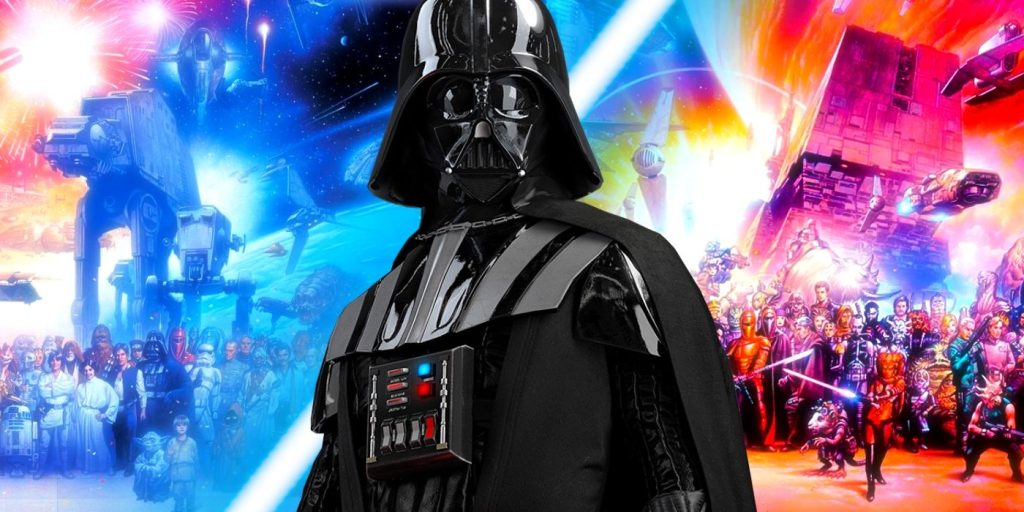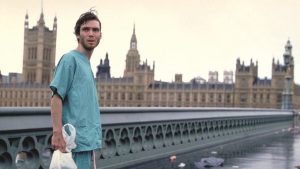
Star Wars has managed to offer a clever in-universe rationale for Disney’s decision in 2014 to distinguish between what is now considered canon and what has been relegated to the Legends label. This is particularly relevant in the context of the recently released four-part animated miniseries, LEGO Star Wars: Rebuild the Galaxy, which creatively reimagines the galaxy we thought we knew.
In a significant pivot, Disney and Lucasfilm opted to reset the Star Wars Expanded Universe, effectively declaring much of the previous lore non-canon. This move allowed creators the liberty to produce fresh content without the constraints of established narratives. Now, through the bizarre and whimsical lens of Rebuild the Galaxy, we’ve been presented with an unexpected in-universe explanation for this seismic shift.
The miniseries features the character Sig Greebling, voiced by Gaten Matarazzo. Sig’s fateful decision to extract a mysterious glowing artifact—known within the story as the Cornerstone—from a hidden Jedi Temple opens a Pandora’s box of consequences. The repercussions are both humorous and absurd, showcasing a world where Admiral Ackbar serves as the genetic model for the Clone Army, and Ewoks are turned into bounty hunters. Perhaps most delightfully absurd is the affirmation of the fan theory that posited Darth Jar Jar as a true Sith Lord.
As the story unfolds, it becomes apparent that the Cornerstone plays a pivotal role in stabilizing reality itself. When pulled from its rightful place, everything shifts dramatically, rendering the previous timeline—and by extension, the Expanded Universe—irretrievable. This conceit provides an intriguing justification for the 2014 reboot: the notion that the narrative world of Star Wars has been intentionally reshaped rather than outright erased.
Further complicating matters, Jedi Bob, the Cornerstone’s keeper, reveals that he too once disturbed the fabric of reality by extracting the artifact long before Sig’s encounter. This raises questions: could Bob’s original universe have been akin to the now-defunct Expanded Universe? Could his actions have altered the course of Star Wars history, leading us to the Disney-era depiction we see today?
The premise of reality being remolded is certainly a fitting narrative for the LEGO franchise and serves as a whimsical explanation for older fans who might feel disillusioned by the sweeping changes. In Rebuild the Galaxy, constructs often shift in ways that provoke laughter, but they also reflect a broader narrative evolution. The new timeline, while featuring familiar characters and motifs, presents a playful and fresh take on the beloved saga, indicating that aspects of the previous lore can coexist in a new, albeit altered, form.
Moreover, this concept opens up intriguing avenues for any future reboots. While a complete overhaul of the franchise seems improbable, the idea that timelines can shift and reshape within the Star Wars universe provides a superlative explanation for the natural evolution of storytelling. Episodes of LEGO Star Wars: Rebuild the Galaxy are now available for streaming on Disney+, presenting fans with a delightfully unorthodox yet engaging narrative journey through a universe that forever remains familiar yet distinctively altered.
In a world where the remnants of the Empire still lurk, the adventure to rebuild and redefine the Star Wars galaxy unfolds, blending nostalgia with innovation. The show manages to honor its roots while also playfully challenging the boundaries of what the saga can be.





